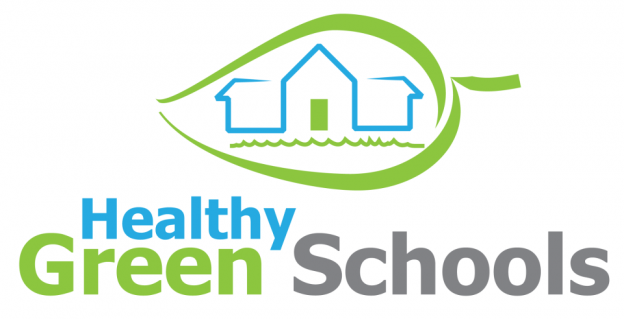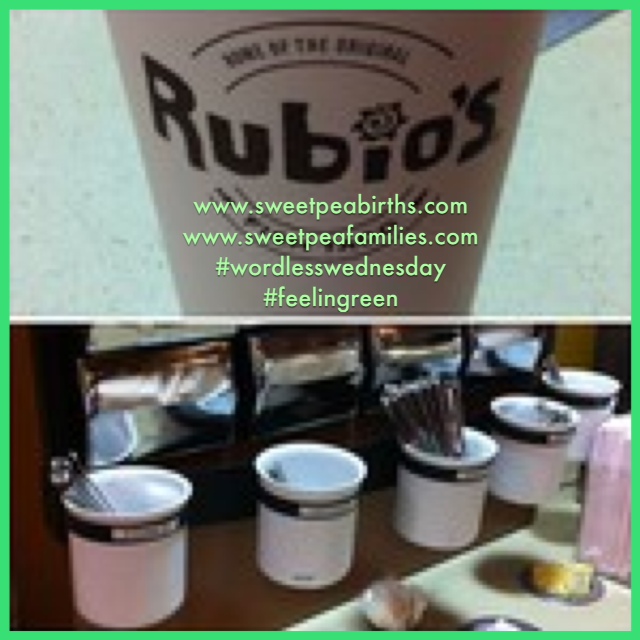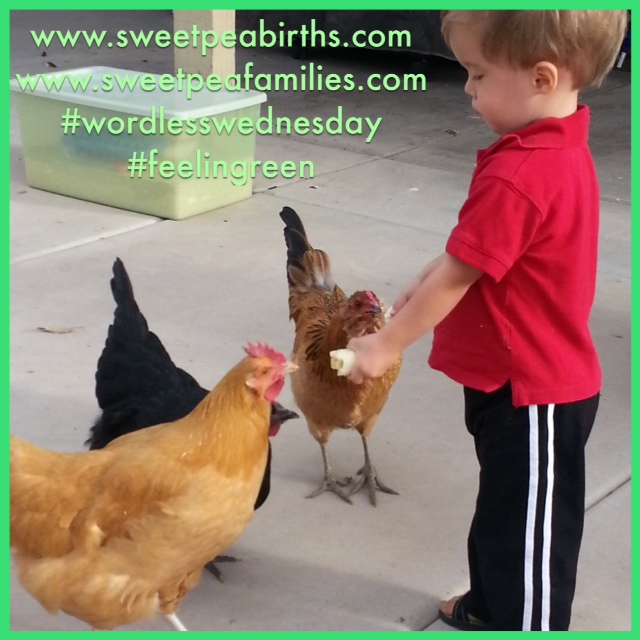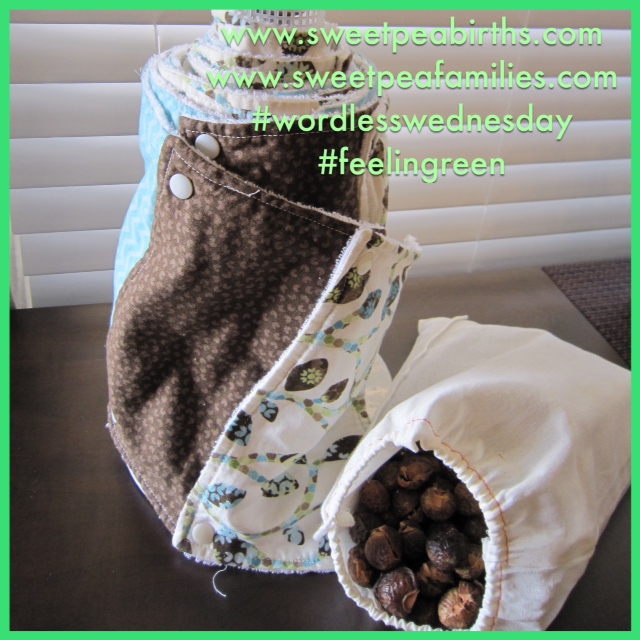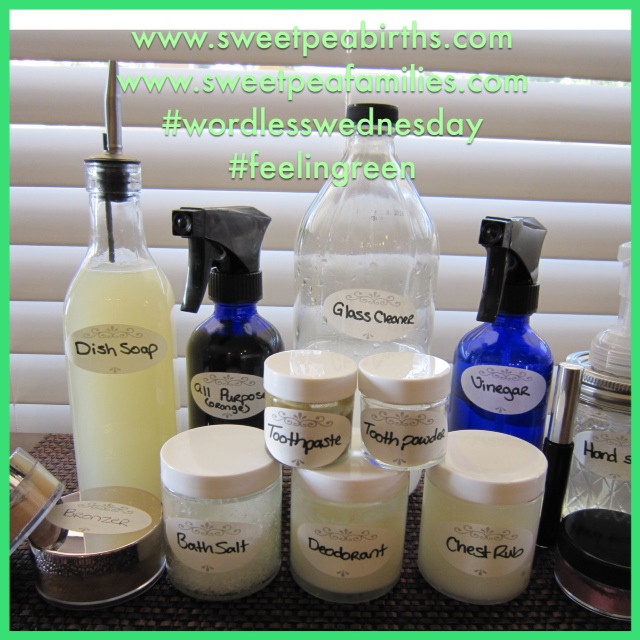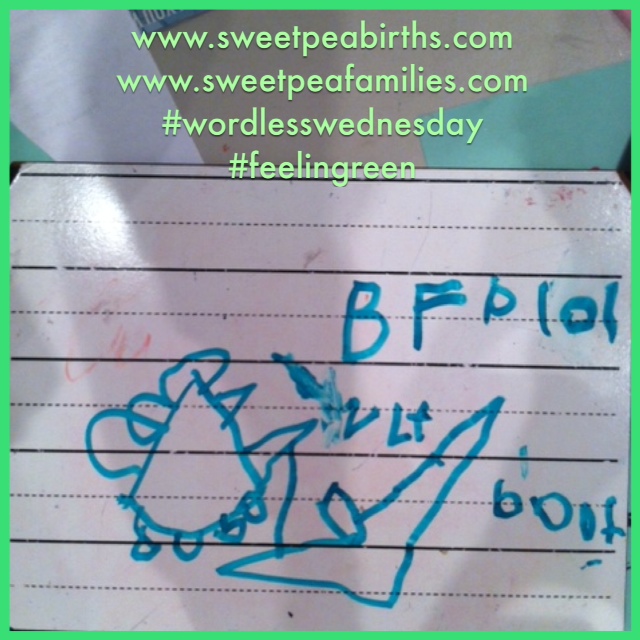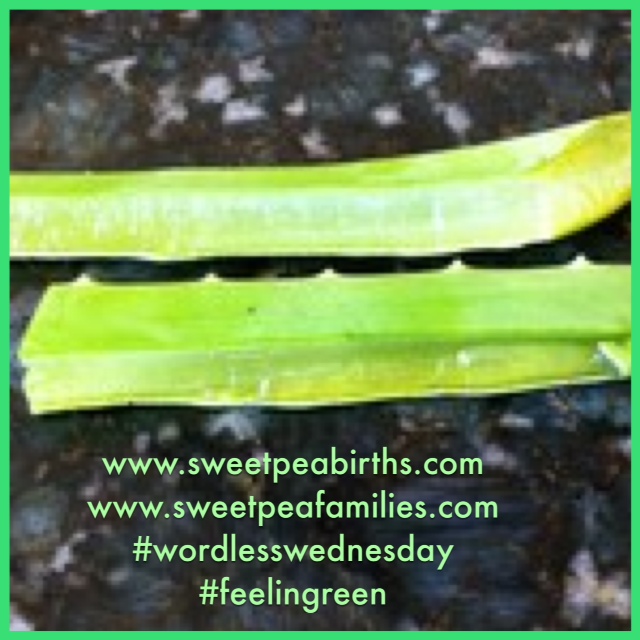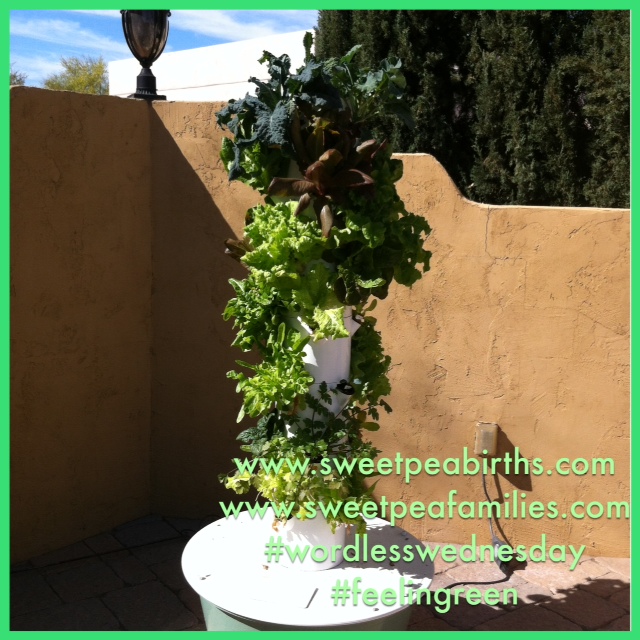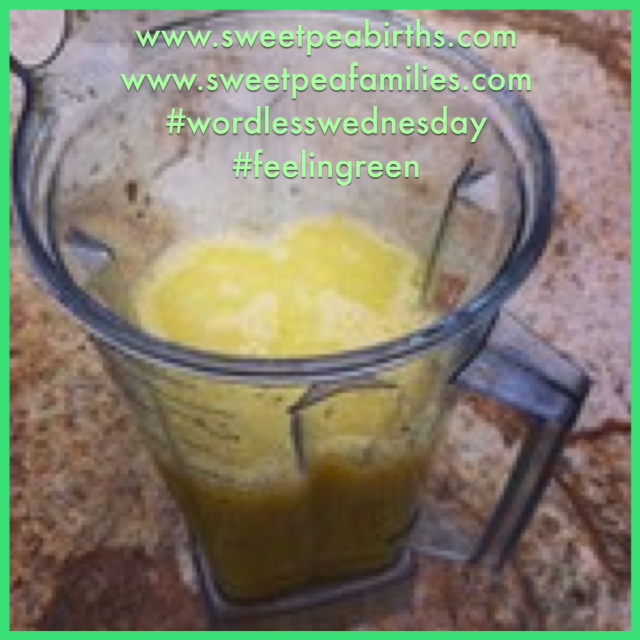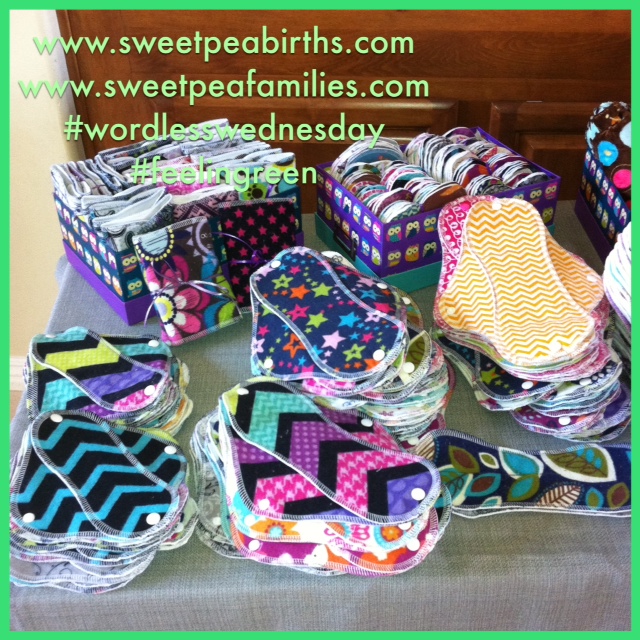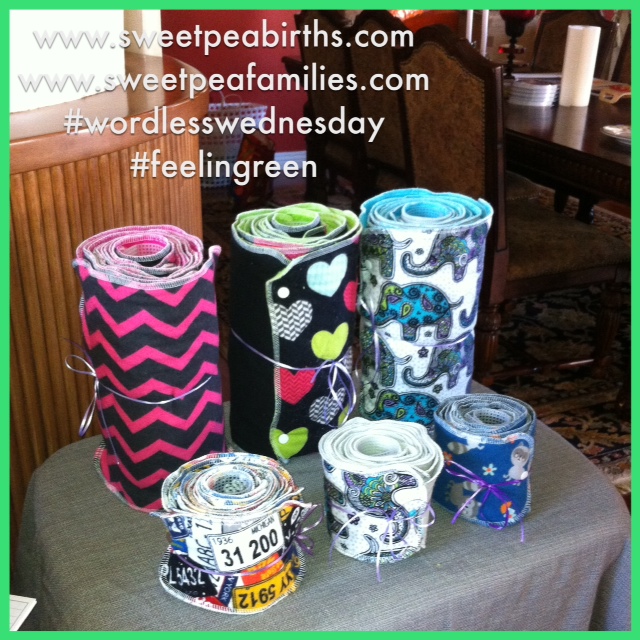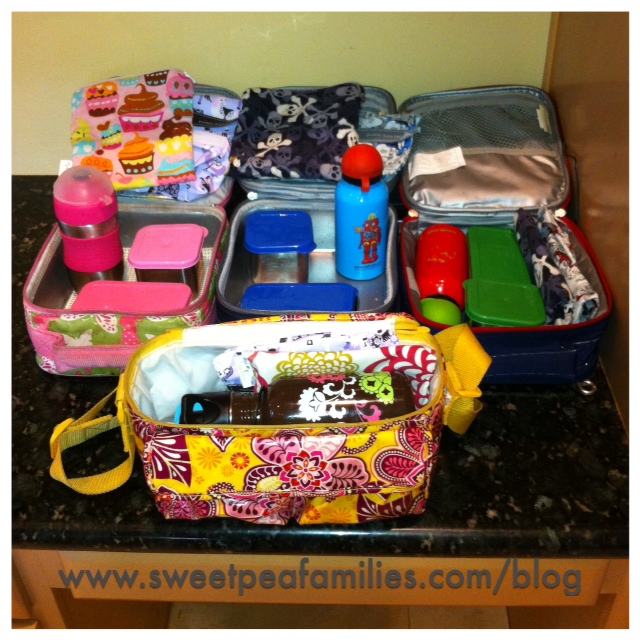I am so honored to be helping my friend Rebecca Fleischmann help raise awareness about her passion, reducing toxins in a child’s environment. We met when she was a student in our Bradley Method® classes, and she really opened my eyes to the areas we could improve on as a family that was going green. She has helped me update the information we share about pregnancy nutrition – you can read that post HERE.
She is now involved with a company called Healthy Green Schools. It is definitely a vehicle to bring a better experience to children everywhere. Please take a minute to read our Q&A and contact her to help you make a difference for your child.
Why it’s important:
“Children spend so much time in school, and this is where we can make a huge impact.”
Tell me a little about Healthy Green Schools – what is the mission?
Our mission statement: Healthy Green Schools is a unique program that protects children by reducing and eliminating asthmagens, allergens and toxins in our schools through education of administration, staff and parents. Healthy Green Schools is a hands-on, fun, robust program that includes addressing healthy foods, setting up “child-friendly” recycling and more. Our program aims to create sustainable, long-term, healthy changes for children, staff and our planet through education and grassroots momentum.
When did you become aware that this was important?
I became aware that this was important when I started working as a teacher. I saw just how many cleaning products were being used on a day to day basis. I also noticed how many children has respiratory issues, developmental delays, allergies, and ADD. It has changed so dramatically since I started working with children at a young age. Almost every classroom had a sign posted listing the food items that were not allowed in the classroom. Children spend so much time in school, and this is where we can make a huge impact.
What are some symptoms that your child may be exhibiting that are an indicator they may be allergic to something being used in their school environment?
Children can exhibit a multitude of symptoms as a result of an environmental allergen. The most common would be cold like symptoms. Any respiratory issues, headaches, hives, or rashes can be an indicator of an allergic reaction or sensitivity to chemical cleaners. Many of these chemicals area also known asthmagens.
What are the benefits to greening a school?
There are so many benefits to greening your school. Over the past 50 years over 80,000 chemicals have been introduced and dispersed into our society. Of these, only 200 have been tested for safety, and only 5 have been regulated. Children are more susceptible to the negative impacts of these chemical due to the fact that they small. A child breathes up to twice as much air as adults do. Indoor air pollution is 5 to 10 times worse than outdoor air pollution. By switching to non toxic cleaners, the indoor air pollution is reduced to 1/6th of that amount. Children are also putting their hands in their mouth a lot, so that is another was that they are exposed to these chemicals. Switching to non toxic cleaners has been shown to decrease student absences. Improved air quality by the use of green design, building materials and technologies, has been shown to lower cold and influenza by 9% to 20%, and allergies and asthma by 8% to 25%. (Indoor Environmental Department at the Lawerence Berkley National Design Laboratory in California) .
Greening your school also involves educating teachers and parents about healthy eating. There are may reasons why it is so important to make healthier food choices as well. Children are consuming a large number of chemicals in the foods they eat on a daily basis. Children are more vulnerable to damage from these chemicals because they are still developing. Pediatricians are beginning to recognize the the benefits to eating organic foods, and the AAP is weighing in on these choices as well. Our food has changed drastically over the past 50 years, and so have digestive disorders, allergies, and many other food related issues. Many of the preservatives, food dyes, and additives that we use are banned in other countries. The makers of GMOs are the same people who created Agent Orange and DDT. Now they are in charge of our food supply.
There are no risks associated with greening your school. There is absolutely nothing bad that can happen as a result of participating in this program. There are many misconceptions about going green. One is that green cleaners are not as effective. The disinfectants that we use are hospital grade disinfectants, proven to kill MRSA, flu, staph, salmonella, etc. They actually have a faster kill time than bleach and Lysol. School absences have been shown to go down when switching to green cleaners. They do work! Green cleaners have come a long way! Typical green cleaners cost 30%-60% more if you purchase them on your own. With our program, we have been able to reduce that cost to make them comparable to standard cleaners. We have been able to keep the cost neutral for all of our certified green schools. This is amazing!
What is the biggest obstacle to greening schools?
The biggest obstacle to overcome with this program is getting school directors to listen to what we have to say. Many people immediately disregard what people have to say when they have preconceived ideas of what going green is all about. We have found that school directors are a lot more open to listening to us when parents ask them to take the time to listen. Then we need to also help the rest of the staff see the importance of what we are doing as well. This is why we are reaching out to parents who share our passion to help us make a change. We need to help schools see that we are truly passionate about helping children and changing the future. Education is power!
Even if a school can’t commit to a whole green program, is there one change that a school can make to have a significant impact?
We make converting your school to a green school as easy as possible for the school and staff. We provide constant support, and we are very involved in the transformation. We want it to be as easy and stress free as possible for everyone involved, as we know that schools have enough going on! Once the school is converted and everything is in motion, it really does become a habit, and it is a lot of fun! We get the kids involved, and they get really ecited about being a part of protecting our planet. I worked with kids for many years, and they have a surprising amount of passion for our planet. We just need to talk to them about it. If a school can’t make the full commitment to going green, the most important thing they can do is to switch out their cleaners. They can do this with out doing the whole certification program. This will have the most significant impact on the children’s health.
To contact Healthy Green Schools for help with your or your child’s school, you can contact Rebecca at rebecca@healthygreenschools.

